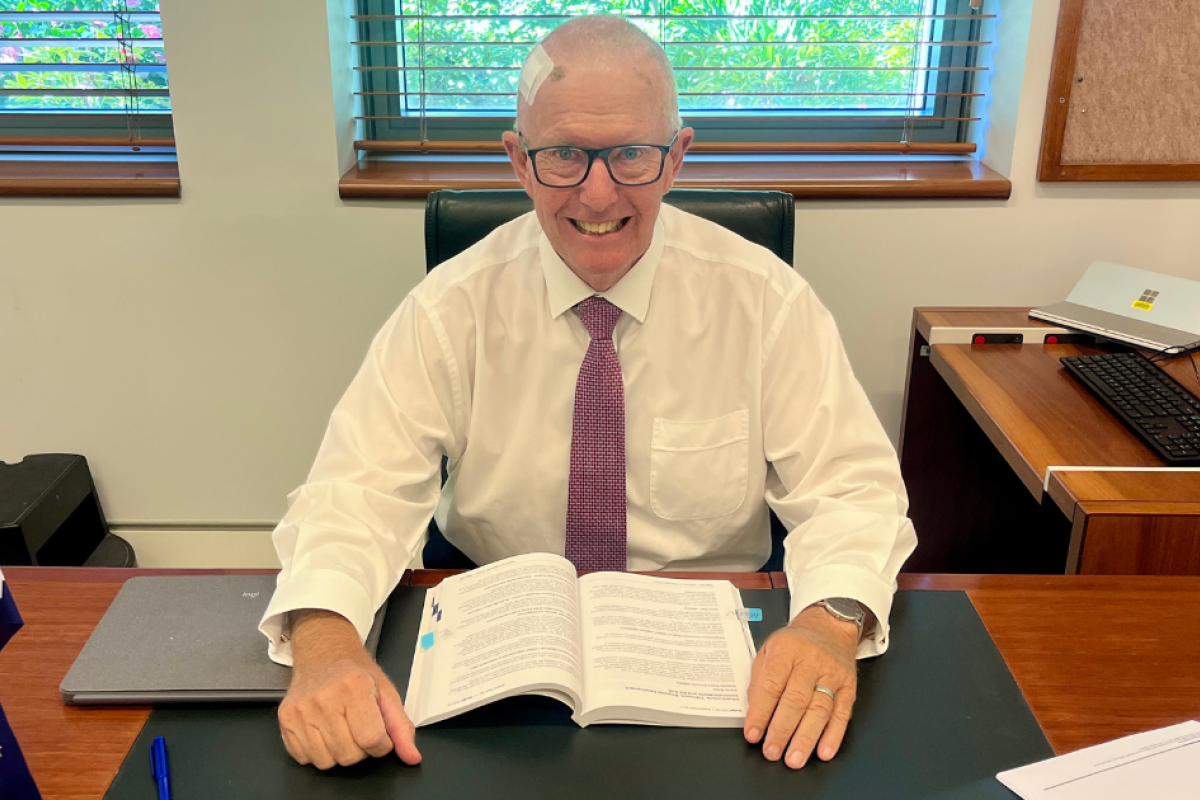General News
3 April, 2025
Election called for May 3
After months of speculation, the 2025 federal election has been called for Saturday, May 3.

On Friday, March 28, prime minister Anthony Albanese called a press conference to announce the federal election would be held on the first weekend of May - a move that stole major momentum and thunder from the opposition’s budget reply.
With the announcement of the election, governor-general, Sam Mostyn, dissolved parliament and caretaker conventions are now in place. It will continue until the election result is clear, or if there is a change of government.
It was expected that the federal election was going to be called in early March following Labor’s positive result in the Western Australia state election.
With the election now called, it gives candidates just under six weeks of campaigning with federal leaders set to travel across the country in a bid to win over voters.
The prime minister is fighting to secure a second term in parliament and if he is successful will be the first to do so since John Howard, where he went onto win four consecutive federal elections from 1996 to 2004.
Mr Albanese would be the first Labor prime minister to win a second-consecutive election since Bob Hawke.
Both major parties will struggle to form a majority government with many election analysts predicting it will be one of the closest federal elections in years with voters focussed on issues such as cost-of-living, healthcare, education, energy transition, and housing affordability.
In the outgoing parliament, Labor held 71 of 151 seats in the House of Representatives, giving it an overall majority.
The coalition (Liberals and Nationals) held 52 seats, the Greens four, and independents 13, with one each from the Centre Alliance Party and Katter’s Australia Party.
2025 Parkes Candidates
After 17 years as the member for Parkes, Mark Coulton is leaving federal politics to spend more time with his family and enjoy a much-needed retirement.
The Parkes seat has been held by Mr Coulton since 2007, with a margin of 18.1 per cent (2022).
Jamie Chaffey is the Nationals candidate for Parkes, and he has been campaigning around the electorate since October last year. Mr Chaffey is the former mayor of Gunnedah after being elected to council in September of 2016.
The Libertarians, Greens, and Family First parties have all put forward their candidates for Parkes, but Labor is yet to announce if they are putting a candidate forward.
Libertarian candidate and Dunedoo local, Sally Edwards, began campaigning earlier this year on a sentiment of less big government and more empowered decision-making by individuals and their communities.
Greens candidate and second-term councillor at Brewarrina Shire Council, Trish Frail, states she is “100 per cent committed to the community and wants to prioritise the environment across the electorate”.
Ms Frail is a Ngemba woman and has sat on a number of boards and committees including the Brewarrina Hospital Board and is a co-founder of the Aboriginal Women’s Legal Centre.
Family First candidate and Alectown local, Maurice Davey is a fourth-generation farmer and grazier and is proud of his multi-generational Christian heritage.
Mr Davey is campaigning on a religious Judeo-Christian platform and is passionate about the preservation and active nurture of the family unit, recognising it as the building block of a happy and prosperous society.
All the candidates so far announced for Parkes will be campaigning in their first federal election except for Greens candidate, Trish Frail who was a candidate at the 2022 election and received just under five per cent of the vote.
Division of Parkes Redistribution
Parkes has grown in size again since the 2022 federal election and now covers over 50 per cent of NSW - almost twice the size of Victoria.
The Australian Electoral Commission (AEC) announced last year that Parkes would now include Bland, Forbes, and Parkes Shire Councils, while losing the remainder of the Gwydir shire to New England.
Redistributions have reduced the number of members in the House of Representatives, decrease it from 47 to 26 with the changes to the electorate having been made to accommodate low or negative projected growth in elector numbers. Enrolment in the current Division of Parkes on April 10, 2028 is projected to be 109,528 electors which is less than the minimum number of projected electors required.
Parkes therefore had to gain at least 15,557 electors, or up to 24,629 electors, for it to fall within the permissible range from the maximum and minimum number of electors in an electoral division at the projection time.


